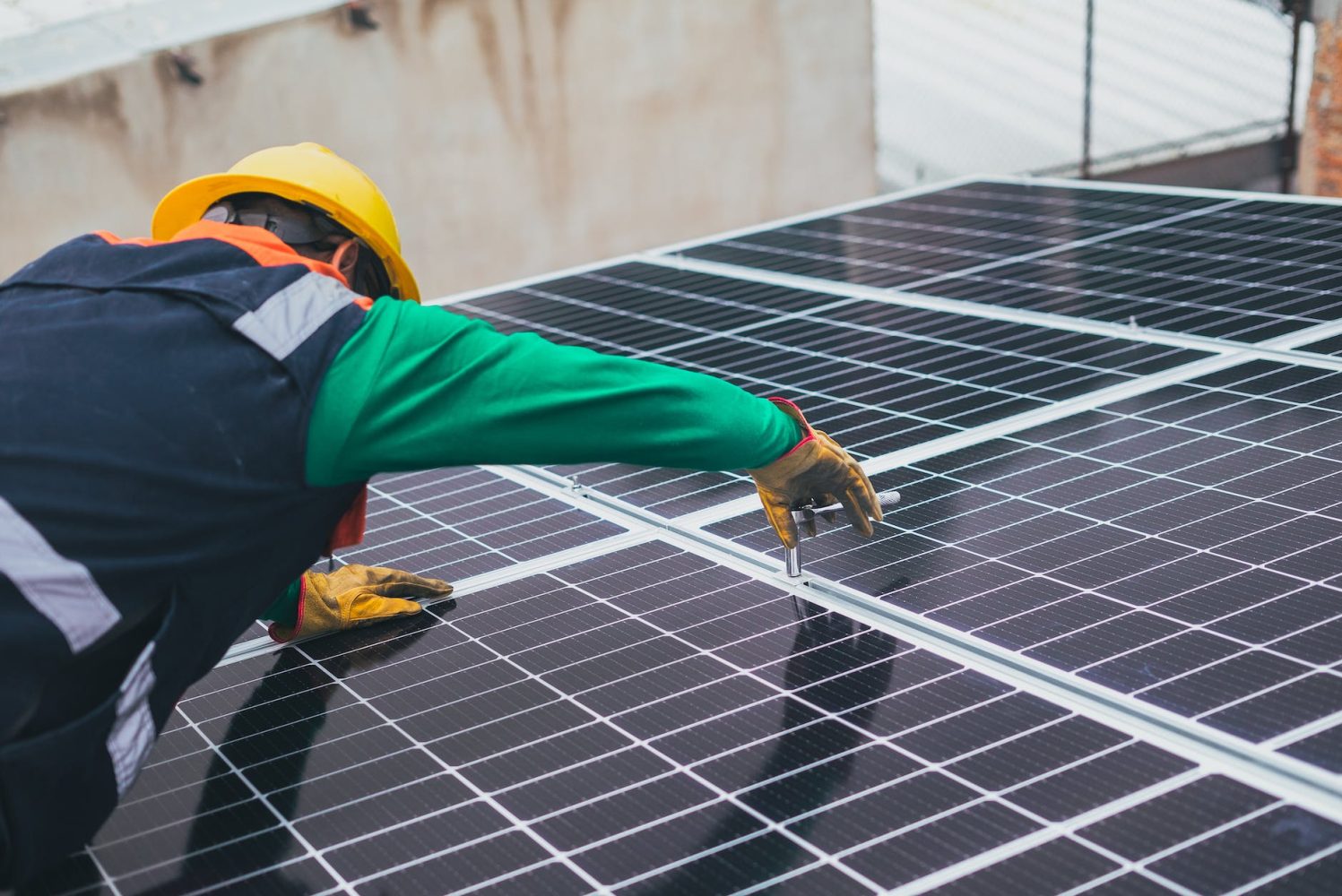
Solar capacity additions hit the ground running in 2024, pushing renewables’ installed generating capacity past coal, according to new US Federal Energy Regulatory Commission (FERC) data.
FERC reports in its latest “Energy Infrastructure Update,” with data through January 31, 2024 (which was reviewed by the SUN DAY Campaign) that solar accounted for 2,527 megawatts (MW) of new installed generating capacity in the first month of this year – or 87.3% of the total. That’s the second-highest monthly total ever reported for solar, behind only December 2023, when 4,979 MW were added.
The new solar capacity reported for January was accompanied by 320 MW of new wind capacity, as well as 44 MW of natural gas, 2 MW of oil, and 3 MW of “other.”
The new solar and wind brought the total available installed generating capacity of renewable energy sources (including hydropower, biomass, and geothermal) up to 376.33 gigawatts (GW) or 29.17% of all US generating capacity. That’s more than the installed capacity of coal (207.15 GW).
Installed utility-scale solar capacity (104.61 GW) alone now exceeds that of not only nuclear power (103.27 GW) but also hydropower (101.41 GW). And that doesn’t even include the additional capacity of small-scale, distributed solar – e.g., rooftop – which accounts for more than 30% of all solar.
Moreover, FERC forecasts that utility-scale solar capacity should also exceed that of wind within the next two to three years. Between February 2024 and January 2027, FERC anticipates net “high probability” additions of solar (ie, additions minus retirements) to total 85,419 MW. Further, there may be as much as 218,646 MW of new solar in the three-year pipeline.
FERC also expects 24,443 MW of net new wind additions plus 561 MW of net new hydropower and 400 MW of net new geothermal. The new Vogtle-4 nuclear reactor nearing completion in Georgia would add 1,100 MW.
On the other hand, installed capacity of coal is forecast to plunge by 22,240 MW while that of natural gas and oil would fall by 3,131 MW and 2,051 MW, respectively. Biomass capacity would also decrease by 68 MW.
The net result of just the net “high probability” additions is that by early 2027, solar would account for 13.83% of total available installed generating capacity while wind would be 12.79%. Taken together, all renewables would provide 35.45% of the total – approaching natural gas (40.88%) and substantially surpassing coal (13.45%), nuclear power (7.60%), and oil (2.48%) combined.
If you’re considering going solar, it’s always a good idea to get quotes from a few installers. To make sure you find a trusted, reliable solar installer near you that offers competitive pricing, check out EnergySage, a free service that makes it easy for you to go solar. It has hundreds of pre-vetted solar installers competing for your business, ensuring you get high-quality solutions and save 20-30% compared to going it alone. Plus, it’s free to use, and you won’t get sales calls until you select an installer and share your phone number with them.
Your personalized solar quotes are easy to compare online and you’ll get access to unbiased Energy Advisors to help you every step of the way. Get started here. –ad*
